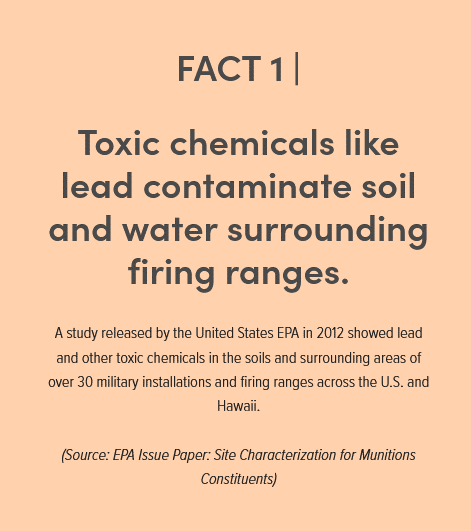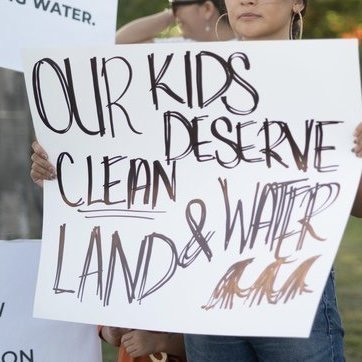PROTECT GUAM WATER
Protect Guam Water is an indigenous youth leadership program under Nihi!, providing youth with an opportunity for a hands-on leadership learning program dedicated to protecting Guam’s land and water resources.
2022 MOMENTS AT A GLANCE
Thank you to our allies for spreading awareness and support. We did this together!
december 16 | resolution 464-36 passes, unanimously
Resolution passes, confirming support from all of Guåhan’s Senators.
NOVEMBER 18 | Public Hearing at the Guam Legislature
Supporters gathered for Sign Making, a special ceremony and testified at the Public Hearing in support of Resolution 464-36.
SEPTEMBER 3 | CRUISE FOR A CAUSE with INSPIRE MARIANAS
Community Event in collaboration with Inspire Marianas, led guests from Hagåtña to the waters near Tarague Beach with PGW team presenting facts about the Northern Guam Lens Aquifer.
April 20 | JOINT Round table at the Guam Legislature
PGW members presented concerns and facts at the Guam Legislature
Si Yu’os Ma’åse’ to Senator Clynt Ridgell for sponsoring Resolution 464-36.
We still have more work to do in 2023. Please continue to share our petition below.
LEAD CONTAMINATION OF OUR DRINKING WATER AND COASTLINE
THE NORTHERN GUAM LENS AQUIFER (NGLA) is a critical resource that provides our island community with 85% of its fresh drinking water.
The U.S. military is building a massive firing range complex over the NGLA. Up to 6.7 million lead bullets will be fired over our aquifer and coastline each year. (Source: Final SEIS, p 2-10)
5 REASONS WHY THIS PUTS OUR COMMUNITY AT RISK
FACT 1 | Toxic chemicals like lead contaminate soil and water surrounding firing ranges.
A study released by the United States EPA in 2012 showed lead and other toxic chemicals in the soils and surrounding areas of over 30 military installations and firing ranges across the U.S. and Hawaii. (Source: EPA Issue Paper: Site Characterization for Munitions Constituents)
Fact 2 | Chemicals from firing range activities can travel (via surface or groundwater)
…to both groundwater (what we drink and bathe in) AND coastal waters and contaminate coastal and marine resources.
"The results (of the study) show that there is a wide range of chemicals that are left in soil—many of which can be mobilized by rain and travel to groundwater. This is a particular concern because the karst limestone geology of the islands is relatively porous." (Source: Jim Keany, former director of Environmental Science Associates, environmental consulting firm)
FACT 3 | This isn't just a theory. Just last month, lead levels up to 70 times the accepted residential level were found on a beach in Oahu adjacent to a range training facility.
A recent crisis of lead contamination is unfolding now as lead levels up to 70 times the accepted residential levels have been found on a public beach adjacent to the Puualoa Range Training Facility in Oahu. (Source: https://www.hawaiinewsnow.com/2022/10/05/nonprofit-calls-navy-address-high-lead-contamination-waters-off-ewa-beach/)
FACt 4 | Multiple agencies have raised water contamination issues.
In agency comments on the SEIS, one of the concerns raised by the Department of Interior was of potential lead groundwater contamination. (Source: Draft SEIS, Appendix G, 603)
FACT 5 | National law requires the Navy to produce and Environmental Impact Statement or EIS.
In this document, the Navy omitted relevant data (like the EIS paper) and did not provide plans for mitigation if contamination occurs. The EIS or document required of the Navy by National law to show environmental impacts of the range complex that is being constructed over our only aquifer
omitted relevant data and does not discuss or identify all chemicals and propellants to be used at the ranges.
does not account for changes or impacts to groundwater flow from future water well pumping and installations, resource demands, and climate change.
makes no plans for mitigation if either the aquifer or coastline is contaminated.
OUR STORY
In Guam, an American colony in the Pacific Ocean, the U.S. military is building a massive firing range complex over the Northern Guam Lens Aquifer (NGLA) – a critical resource that provides our island community with 85% of its fresh drinking water. Up to 6.7 million lead bullets will be fired over the aquifer each year, threatening the community’s primary water source as well as the surrounding coastline.
Available data bolsters our concern that the firing range complex poses a threat to our groundwater resources and coastline.
A 2012 study by the United States Environmental Protection Agency revealed a wide range of chemical agents in soils surrounding firing ranges across the country, toxic agents like lead that tend to be mobilized by heavy rainfall, thereby threatening groundwater supplies and our coastline.
This is of particular concern in Guam, as the karst limestone topography of the NGLA is especially porous.
The massive firing range complex currently being constructed over our primary source of water is a dangerous gamble with arguably our most important resource and also with the health of our community and the wellness of future generations.
As indigenous Chamoru, we believe that the land and the ocean are quite literally our ancestors and that we are obligated to care for them in the same way that we would care for our own grandmother and grandfather.
It is our honor to do this and we ask you to join us.
GET INVOLVED
Join us in community.
Sign and Share the Petition. Help us reach 10K Petition Signatures in 2023.
Let’s work together. Help us continue the work with one-time or monthly monetary gifts.
Send an email to local Legislatures. Let your voice be heard.
Finally, show up. Attend events, rallies and amplify our messages on social.
Si Yu’os Ma’åse’!
BECOME A DONOR
Donors help Protect Guam Water by funding general operations and needs, such as:
1. Creating and printing post cards, flyers and other materials for outreach
2. Ensuring that we can continue to pay a project manager.
3. Networking with allies who are doing outreach to increase knowledge and raise visibility of this critical issue.
Your donation does not go unnoticed. Si Yu’os Ma’åse’ for your generosity.








